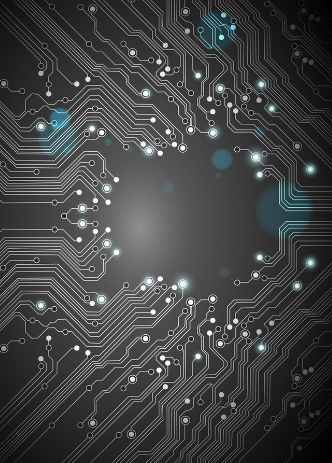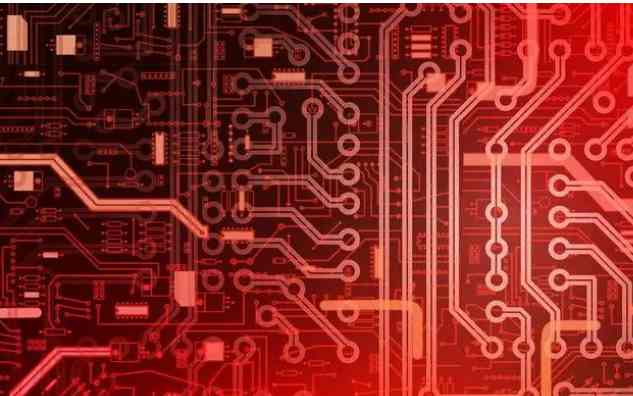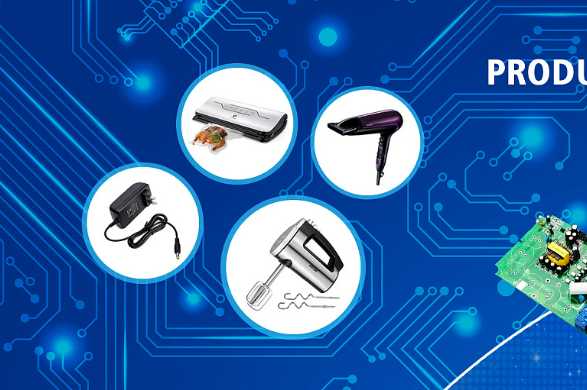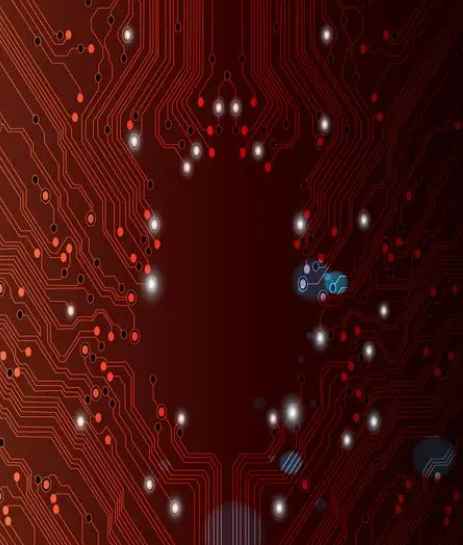
The production design of PCB is also a meticulous work, and a slight mistake will bring unnecessary trouble to future electronic products. For example: PCB circuit board corner wiring problem. Next, the following is a detailed analysis of the pcb circuit board in the corner of the problem:

Number of layers: 2 layers Thickness: 1.6mm Line width/line distance: 0.8mm/0.3mm Material: FR-1 copper thickness: 1oz Aperture: 0.6mm Process: Double Sided Boards are wired on both sides. However, in order to use the wires on both sides, there must be a proper circuit connection between the two sides. This "bridge" between circuits is called a pilot hole (via). A pilot hole is a small hole filled with or coated with metal on the PCB, which can be connected with wires on both sides. Because the area of the dual panel is twice as large as that of the single panel, and because the wiring can be interlaced (can be wound around the other side), it is more suitable for use in more complex circuits than the single panel.
PCB circuit board manufacturing design takes full account of his beauty. When the circuit board corner routing, to have a form of choice, the design needs to set the circuit board corner routing form of the corner mode. The options are 45°, 90° and arc. Generally do not use sharp corners, it is best to use arc transition or 45° transition, avoid using 90° or more sharp corner transition.
Whether it is PCB circuit board or aluminum based circuit board, single-sided circuit board, they have a common name, that is, circuit board or circuit board. These circuit boards in the design of our heart to treat, one step careful to be confused by a small bump on its body, so Jinzhanli technology in this aspect of the circuit is also very excellence, in the manufacturing of the PCB circuit board process, can make it both lightweight performance and good, choose Jinzhanli, yes.
When the wire of the PCB circuit board passes between the two pads and is not connected with them, it should maintain the maximum and equal spacing with them, and when the wire and the wire of the wire pass between the two pads and is not connected with them, it should maintain the maximum and equal spacing with them, and the spacing between them should also be evenly equal and maintain the maximum. The connection between the wire and the pad should also be as smooth as possible to avoid small pointed feet, which can be solved by using the method of filling tears. When the center distance between pads is less than the outer diameter D of a pad, the width of the wire can be the same as the diameter of the pad; If the center distance between pads is greater than D, the width of the wire should not be greater than the diameter of the pads.
The principle and structure of PCB circuit board
PCB circuit board, I believe you are not unfamiliar with this, but the principle of PCB circuit board is not understood by all users, PCB circuit board is an important electronic part, is the support body of electronic components and the provider of electronic components circuit connection. The traditional PCB circuit board uses the construction method of printing etching resistance agent to make the circuit board and the drawing, so it is called PCB circuit board.
Due to the continuous miniaturization and refinement of electronic products, the principle structure of its circuit board is:
The circuit board is mainly composed of welding pad, through hole, mounting hole, wire, component, connector, filling, electrical boundary and so on. Common board structure includes single-layer board (Single Layer PCB), double-layer board (Double Layer PCB) and multi-layer board (Multi Layer PCB) three kinds. The main functions of each component are as follows:
Pad: A metal hole for welding the pin of a component.
Through holes: There are metal through holes and non-metal through holes, wherein the metal through holes are used to connect the component pins between the layers.
Mounting hole: used to secure the circuit board.
Wire: Electrical network copper film used to connect component pins.
Connector: A component used to connect circuit boards.
Filling: Copper coating for ground wire network can effectively reduce impedance.
Electrical boundary: Used to determine the size of the board, all components on the board can not exceed this boundary.
On the most basic PCB board, the parts are concentrated on one side, and the wires are concentrated on the other side. Because the wire only appears on one side, this PCB is called a single-sided circuit board. Multi-layer plates, multi-layer wires, must have the appropriate circuit connection between the two layers, the bridge between the circuits is called the pilot hole (via).







